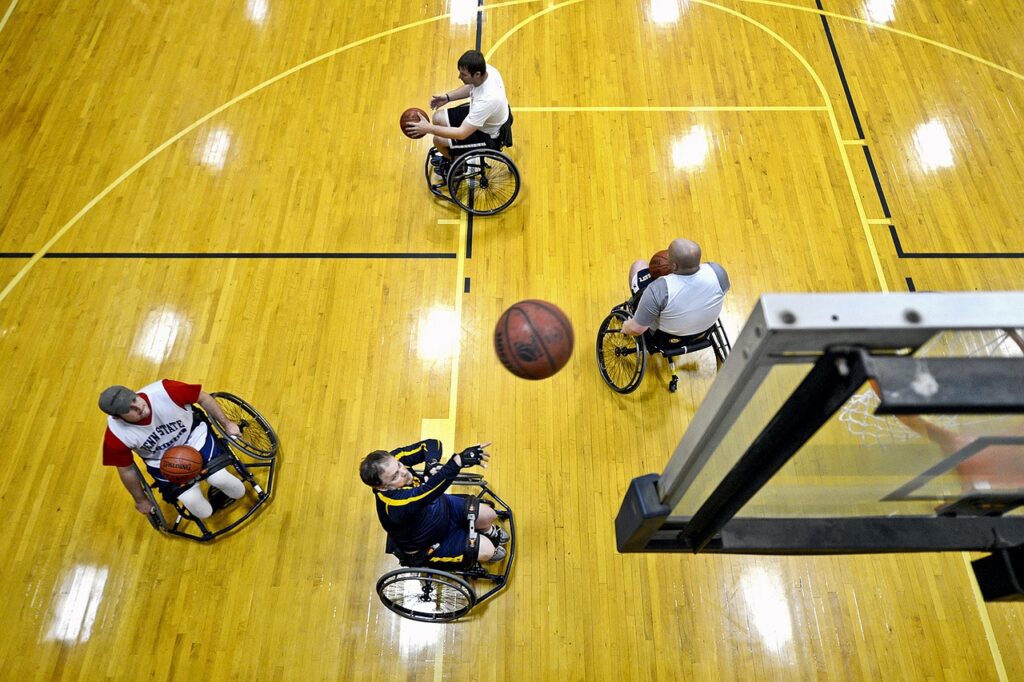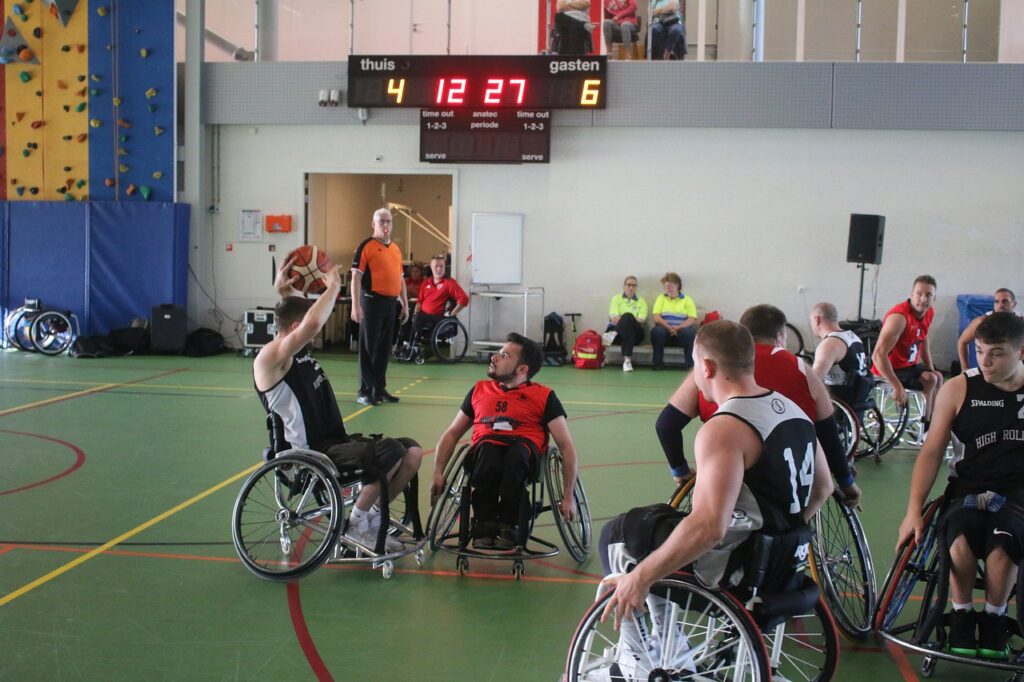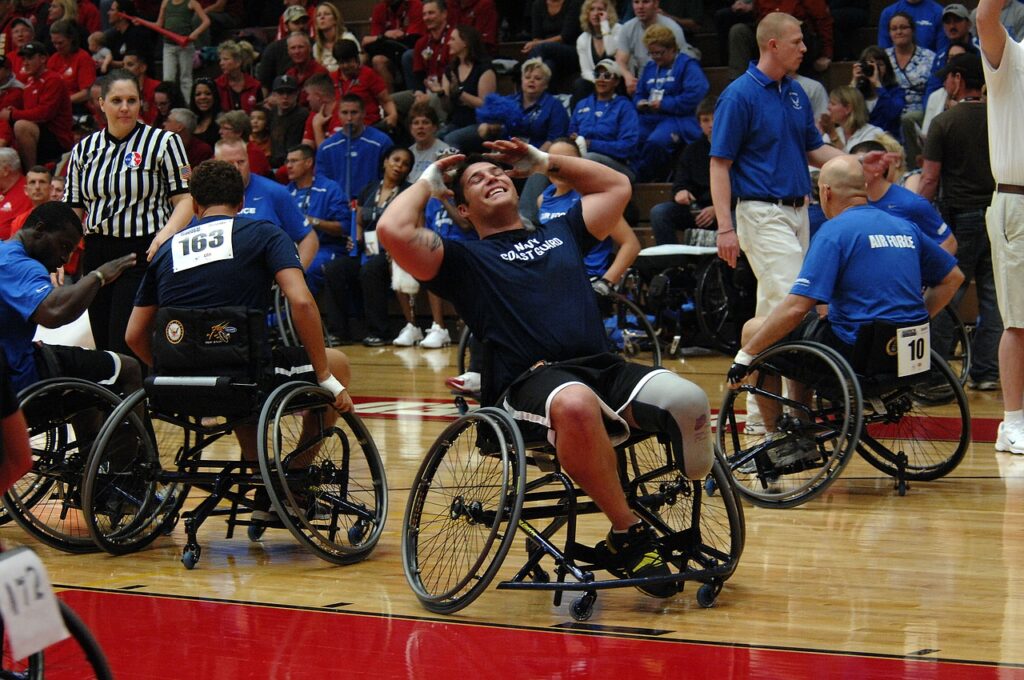How to Play Wheelchair Basketball
From pickup games between friends to the Paralympics, wheelchair basketball is an iconic sport. Although wheelchair basketball players follow many of the same rules as standard basketball, it also has plenty of regulations, challenges and skills unique to the sport. Wheelchair basketball is one of the most popular Paralympic sports, and it goes to show that there are so many things you can do, no matter your ability level. Basketball is only one of the various sports you can play in a wheelchair.
Whether you’re looking to get into wheelchair basketball as a spectator or as a player yourself, you should be aware of some things before taking your first shot. Namely, it’s crucial to know the rules of the game. Once you familiarize yourself with the essential principles, you’ll be ready to go in no time at all.

1. The Basics
In terms of the game’s objectives and rules, wheelchair basketball is extremely similar to standing basketball. There are offense and defense, and the game’s main goal is to score points by getting the ball through the opposing team’s hoop. One of the critical differences is the chairs themselves, which require additional skills to play the game. Not only do the players need the aim, agility and skill of standing basketball, but they must also know how to turn, wheel and control the chair. Usually, the chairs consist of aircraft aluminum or titanium to obtain the ideal weight and speed for the sport.
2. Points
Like in standing basketball, players score points by getting the ball through the opposing team’s basket. In wheelchair basketball, the attacking team can score goals with varying point classifications. Each team has 24 seconds to score before the ball and right of play goes back to the other team. In terms of the point classification system, a free throw counts for one point, a two-point field goal counts for two points and a three-point field goal counts for three.

3. Dribbling
Players can dribble the ball while they wheel the chair. However, it is against the rules for a player to pick up the ball and carry it on their lap for more than two pushes. After that, the player must dribble, shoot or pass the ball again, similar to the rules against traveling in standing basketball.
4. Fouls

Since wheelchair basketball is a unique sport, it has specific fouls. For example, a player can’t lift their legs or raise out of the chair. Essentially, the chair becomes part of the player’s body during the game, and the rules treat it accordingly. That applies to fouls like blocking, charging and going out of bounds during the game.
Take Your Shot
Whether you’re an intrigued fan or a hopeful player, wheelchair basketball is a fun, unique sport for everyone. Once you know the rules and get practicing, you’ll be unstoppable.